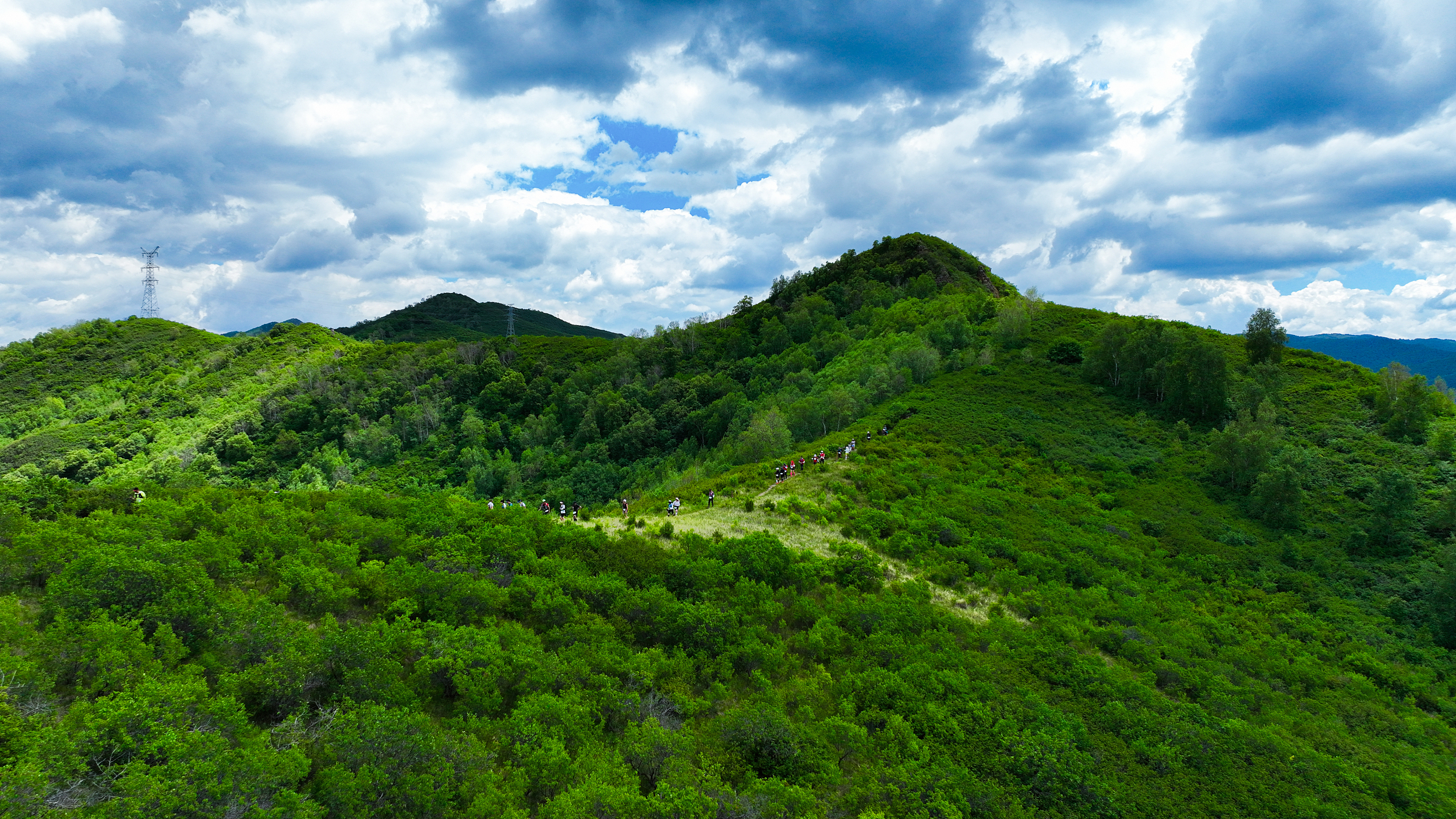Fostering Sustainable Forest Growth

Climate change is making forests more vulnerable to hazards such as wildfires, pests and diseases, and extreme wildfires could become 50 percent more frequent by this century's end, with current annual damage affecting 340 to 370 million hectares globally.
This was among the observations made in the report The State of the World's Forests 2024 recently released by the Food and Agriculture Organization (FAO) of the United Nations.
The report highlights the state of the world's forests and calls on forestry divisions worldwide to increase technological innovation for the protection of forests and sustainable utilization of forest resources.
It explores the transformative power of evidence-based innovation in the forest sector and presents 18 case studies worldwide, illustrating diverse ways in which innovation in the sector can bring about positive change.
"Innovation must be scaled responsibly to maximize the contributions of the forest sector to agrifood systems transformation and other global challenges," the report said.
Key role in sustainable development
Forests cover 31 percent of the world's land area and are the habitat of most terrestrial organisms. They also provide food, fuel, fiber, medicines, wood and non-timber products to millions of people, and help regulate the climate and protect the ecological environment, said Wu Zhimin, director of the FAO forestry division. Wu also said forests play an important role in the global sustainable development agenda.
In 2023, wildfires caused approximately 6.687 billion tons of carbon dioxide emissions globally. The Northern Hemisphere saw a record increase in wildfires, with over 6,000 blazes burning 14.6 million hectares in Canada alone, more than five times the average over the past 20 years.
Climate change also makes forests more vulnerable to invasive species. It is expected that by 2027, pests and diseases may have a devastating impact on forests in parts of North America.
"Our climate future is rooted in North America's forests," said the Natural Resources Defense Council, an America-based non-profit international environmental advocacy group.
Deforestation on downward trend
Although global forest protection faces a series of challenges, various countries have also achieved positive results in forest protection, restoration and sustainable use in recent years.
Global deforestation is on a downward trend. From 1990 to 2000, the annual global deforestation was 15.8 million hectares; from 2015 to 2020, this dropped to 10.2 million hectares.
Also reforestation in some countries continues to expand. From 2010 to 2020, China, Australia, India, Chile, Vietnam, Turkey, the U.S., France, Italy, and Romania became the top 10 countries with annual net increase in forest area. China has created the world's largest planted forests, with its forest coverage rate doubling from 12 percent in the early 1980s to 24.02 percent in 2023, becoming the main force in global greening.
China's 40-year, billion-tree project is a lesson for the world, according to the Australian Financial Review.
"A combination of planting trees also provided an effective way for our country to solve ecological issues and to preserve the water and soil," said Mashudu Silimela, the agriculture counselor at the South African embassy in Beijing.
Dennis Francis, 78th president of the UN's General Assembly, called forests vital for the lives and livelihoods of people around the world. The global community should take action to protect forests and other ecological resources, Francis said.
Science and innovation are the keys to solving forestry problems, according to Qu Dongyu, the ninth director-general of FAO. The report will provide a reference for FAO's work, promoting innovation activities in the forestry sector based on reality and enhancing the sustainability and defense capabilities of the agrifood system, Qu added.







